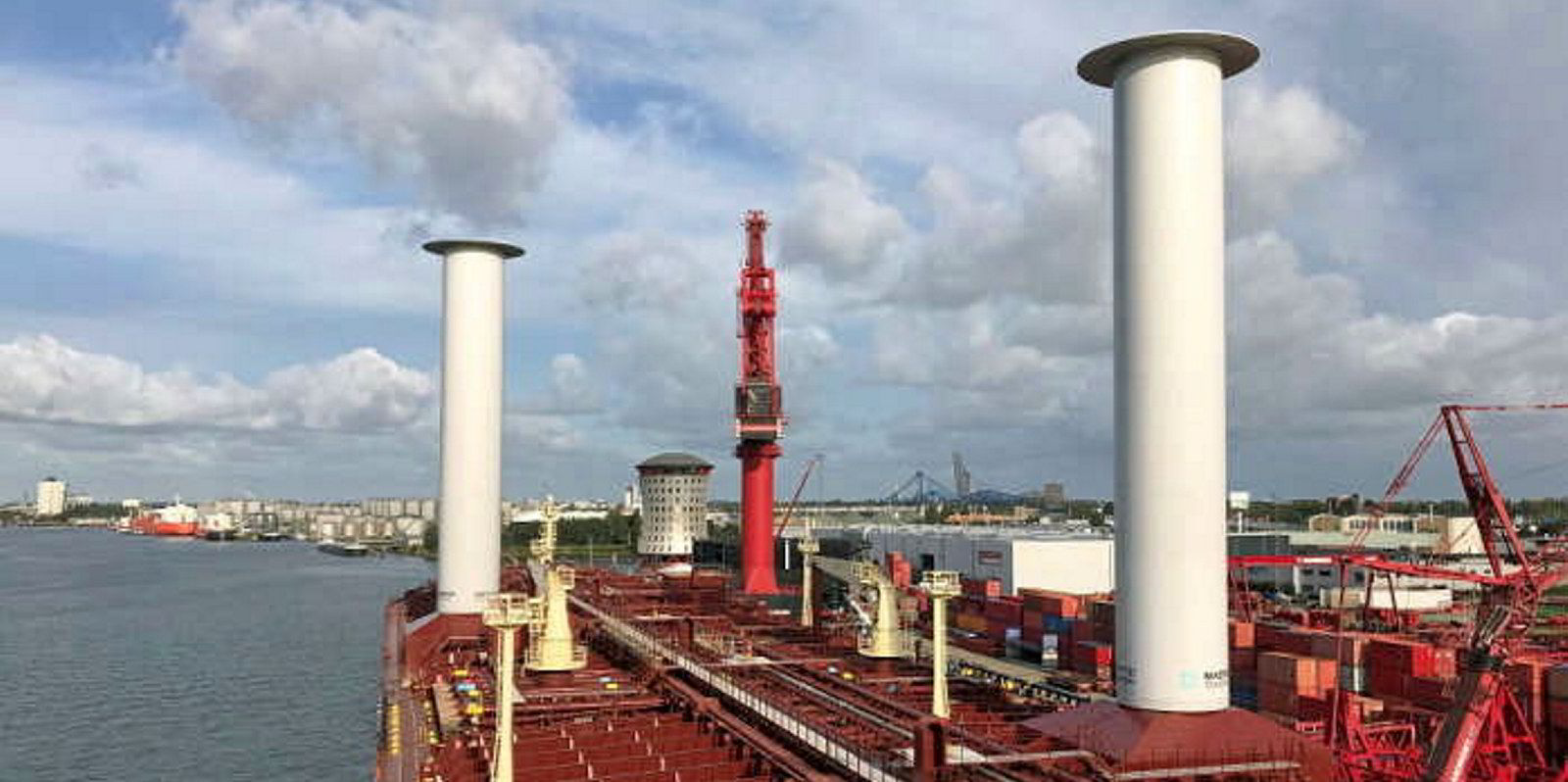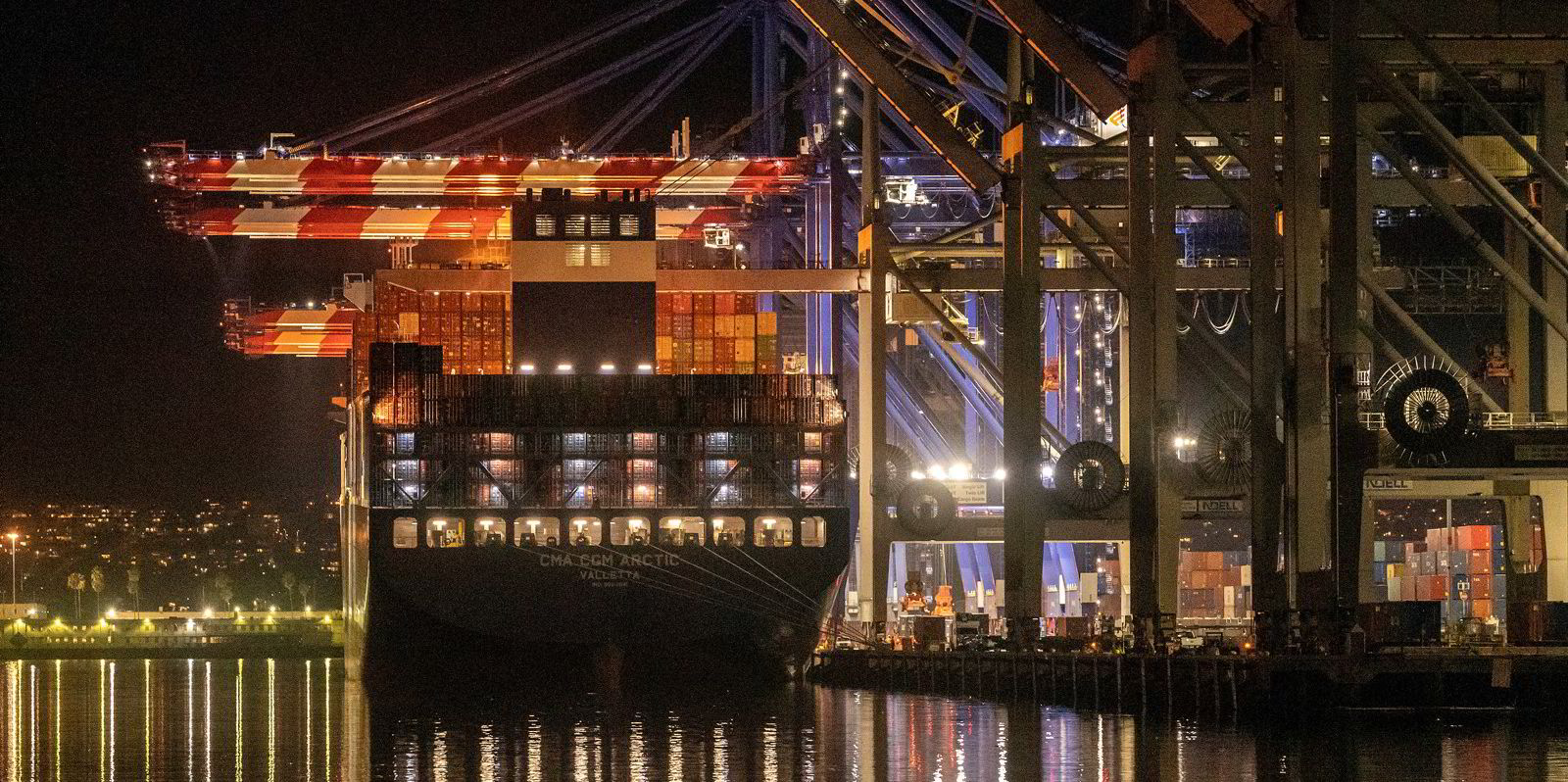When the International Maritime Organization’s 80th Marine Environment Protection Committee (MEPC) session ended on 7 July, the future profile of the shipping industry assumed a very different shape than the past, or indeed present.
Under the new strategy, the IMO agreed to accelerate decarbonisation and to get to net zero in greenhouse gas emissions by or around 2050, with indicative checkpoints for 2030 and 2040; a commitment to see the adoption of zero or near-zero greenhouse gas technologies, fuels and/or energy sources reach 5% by 2030; and approval of fuel greenhouse-gas intensity standards and emissions pricing by 2026. In sum, this is a significant step up in ambition and pace towards a decarbonised shipping industry. IMO secretary general Kitack Lim was right when he said: “2023 is IMO’s year of decisive climate action.”
With commitments to further regulation in 2026 to 2027 and language around “different national circumstances” leaving the door open to even more ambitious regulation in specific geographies, what is clear is that the pace of regulatory change and customer, investor and lender expectations of shipping companies are accelerating — and will likely continue to do so.
To meet this moment, while thriving financially, here are three actions the shipping industry can take now.

Step One: Invest way more in efficiency
Approximately 80% of decarbonisation in this decade will come from efficiency measures — and about one-third to 2050. Efficiency-enhancing practices such as weather routing and speed management are spreading but have not been adopted at the required scale. Similarly, the pace of installations of energy saving devices (ESDs) is not commensurate with the need or the cost and emissions-saving opportunity.
Consulting firm McKinsey has estimated that the average shipping company needs to nearly quintuple the pace of ESD installations, even after accounting for longer off-hire time in dry dock. To do so, technical teams need to be staffed appropriately and money needs to be allocated. There is also a need for more data transparency on ESD performance in different operating conditions and vessel types. At the moment, most shipping players cannot get this information, meaning that they have to do extensive trials before committing to any major upgrades.
Step Two: Prepare for a multi-fuel future
Almost all ships today are powered by fossil fuels, such as heavy fuel oil, marine gas oil, marine diesel oil and LNG. That will have to change, to reach the MEPC’s goal.
To get a sense of industry thinking, earlier this year, the Global Centre for Maritime Decarbonisation, the Global Maritime Forum and the Maersk Mc-Kinney Moller Center for Zero Carbon Shipping asked professionals from 29 shipping companies about how they expect to fuel their ships in the future. The respondents accounted for about 20% of global capacity; about half had net zero goals.

By 2030, respondents representing 45% of the ship capacity in the survey said they expected to be running fleets with four or more fuel families, such as oils, methane, methanol and ammonia; the picture only becomes more dramatic by 2050. In short, the fuel future is distributed, with green ammonia, biodiesel and fuel oil having the highest anticipated market share (up to 17% by 2050), followed by blue ammonia, LNG, e-methanol, bio-methanol, bio-methane and e-methane (6% to 10%).
Managing this complexity will be an immense undertaking. Different fuel supply infrastructures will need to be built; fleets will need to be deployed and managed around the bunkering availability for specific fuels; monitoring fuel prices across very different markets will become a more specialised capability; crews will have to be retrained; and safety guidelines and operating practices will need to be developed and embedded. In short, shipping companies will need to write a new playbook on fuel procurement, fleet management and ship operations.
Step Three: Plan beats no plan
In the McKinsey survey, one-third of shipping companies said they did not have a view of their fuel mix in 2030, let alone 2050. That lack of insight can have real consequences. For example, newbuilding orderbooks have had to be reworked because of the need to retrofit ships at the first dry-docking to meet decarbonisation targets.
Shipping companies without an integrated strategic, technical, financial and commercial plan for decarbonisation are sleepwalking into poor decisions — including decisions already taken — that could prove very expensive, through unexpected retrofits, increased taxes and regulations, and potentially stranded assets. The better option is to develop dynamic optimisation models and scenario planning to navigate this uncertainty; good old Excel simply won’t do.
Reinventing shipping
The MEPC 80’s ambitious agenda envisions a shipping industry that will look and move very differently in 2050 than it does now. Any transition away from the status quo raises health, safety and environmental concerns; there are also practical ones, such as higher costs, lower energy density and new capability requirements.
It is worth remembering, though, that the industry has reinvented itself before, for example when the shipping container upended business as usual starting in the 1960s. In a 1967 report to the British Transport Docks Board, McKinsey argued that containerisation should be “recognised as an urgent ‘fact of life’ and that all major Docks Board plans and decisions be reviewed — and if necessary modified — within the new context created by it”.
Matt Stone, partner in McKinsey & Co’s London office
and leader of the Shipping Decarbonisation service line.
Do you have an opinion to share?
Email: news@tradewindsnews.com(Copyright)



